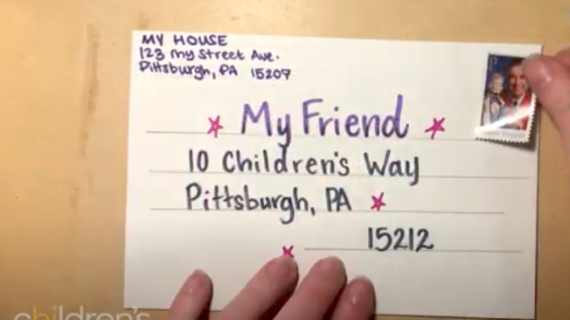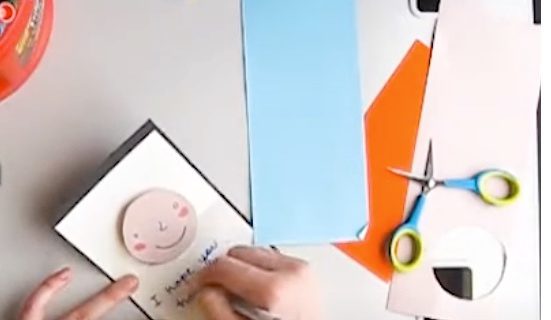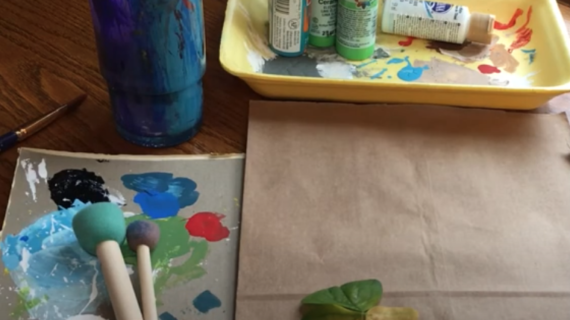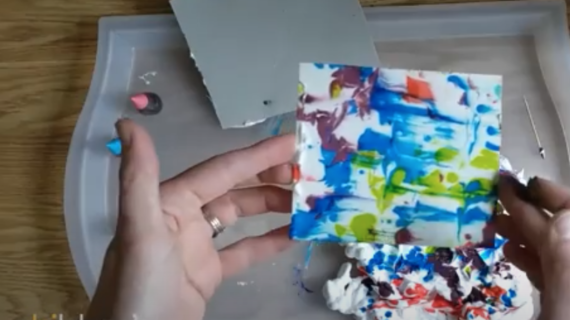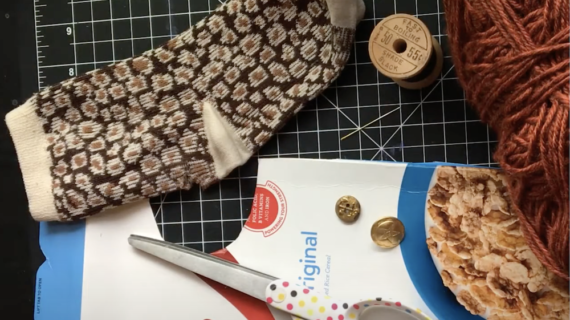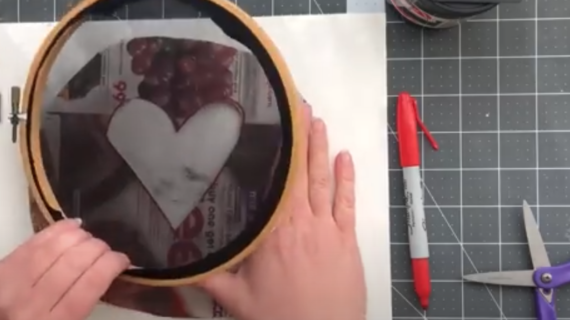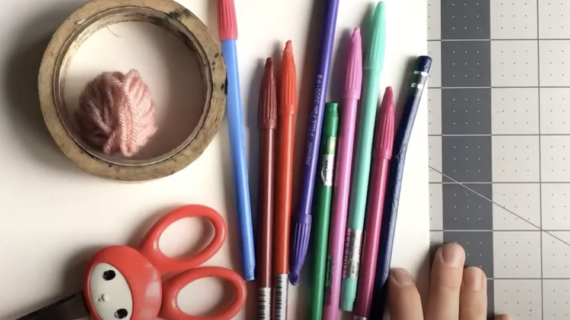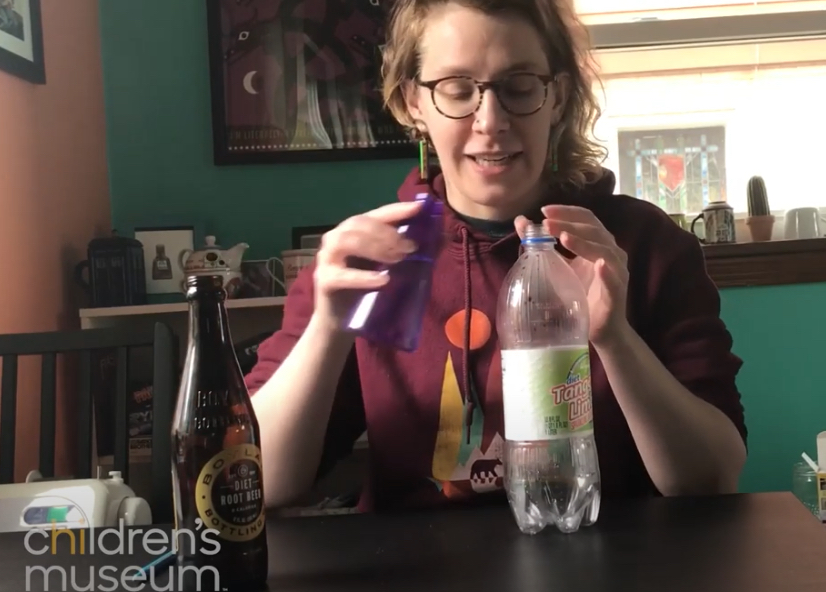
Maker Monday: Let’s make wind instruments
Happy Monday, Kidsburghers! Welcome to another fun and easy “Let’s Try” Maker Monday project, courtesy of our creative friends at the Children’s Museum of Pittsburgh. We’re glad to be kicking off another week by bringing you a free maker activity that your kids can do with items you likely have around the house.
This week’s project will teach your kids to make a variety of wind instruments — each one uses air to make sound. They include a paper whistle, a cardboard kazoo and a “bottle bassoon.”
A note to kid makers: Please work with a parent or caregiver on every project, including this one, and always be very careful when using tools of any kind.
Maker Monday materials you’ll need for the paper whistle:
- paper
- scissors
Instructions for the paper whistle:
- Get a piece of paper that is twice as long as it is wide. (If you don’t have a piece of paper that fits these dimensions, cut one so that it is twice as long as it is wide.)
- Fold the paper in half (like a hamburger, not a hot dog — see the video if you’re not sure what that means).
- Fold the ends of the paper so that your paper looks like an M or a W (see video).
- Use scissors to cut a short slit in the middle of the center fold. Then watch the video below to learn how to play your whistle!
Maker Monday materials you’ll need for the cardboard kazoo:
- empty toilet paper roll
- wax paper
- a rubber band
- something to poke a hole (a pen, pencil, etc.)
Instructions for the cardboard kazoo:
- Cut or rip the wax paper so it’s just a little bigger than the end of the toilet paper roll.
- Wrap the wax paper over the end of the tube and secure it with a rubber band.
- Use a pen (or some other pointy object) to poke a hole in the side of the toilet paper roll.
- Watch the video below to learn how to play your kazoo!
Maker Monday materials you’ll need for the bottle bassoon:
- any type of bottle
- water
Instructions for the bottle bassoon:
- Watch the video below to learn how to blow air across and into the top of the bottle while it’s empty.
- Then put some water in the bottle and see how different amounts of water change the sound. You can try several other bottles of different sizes, made of different materials and holding different amounts of water!
Want more at-home fun making beautiful things? Check out more Maker Monday videos from Kidsburgh and the Children’s Museum.
